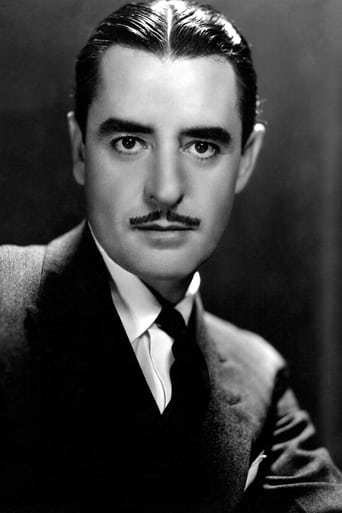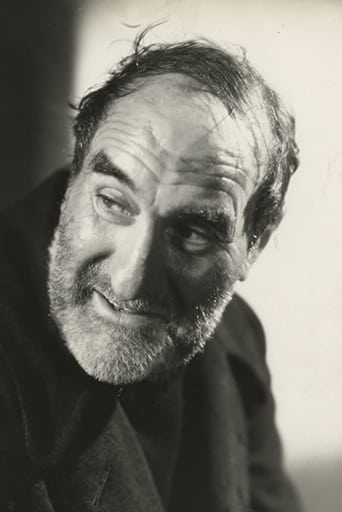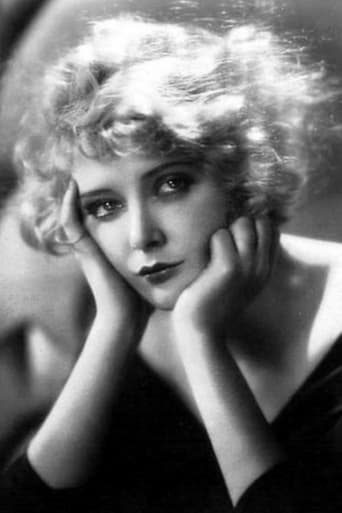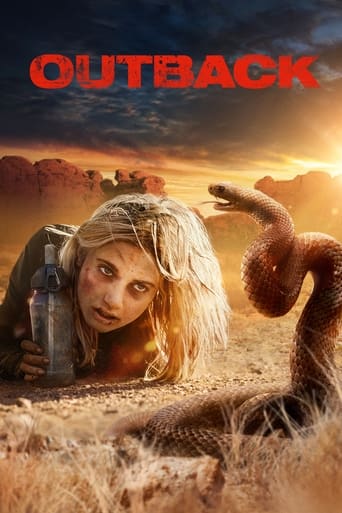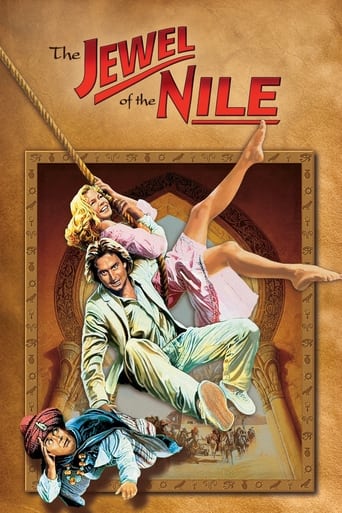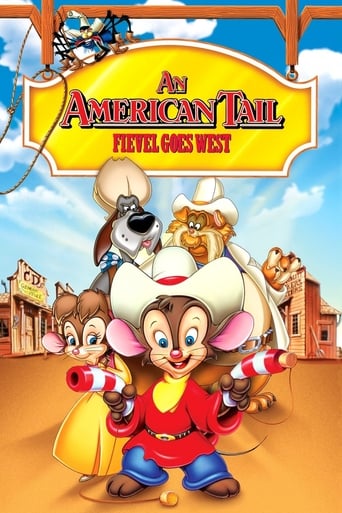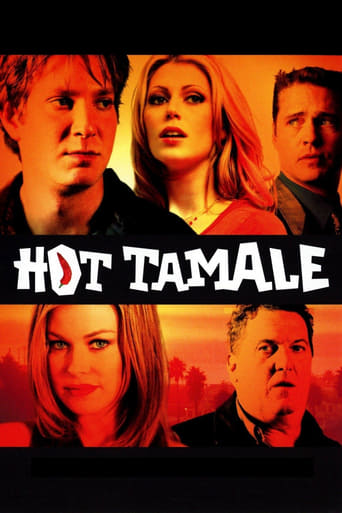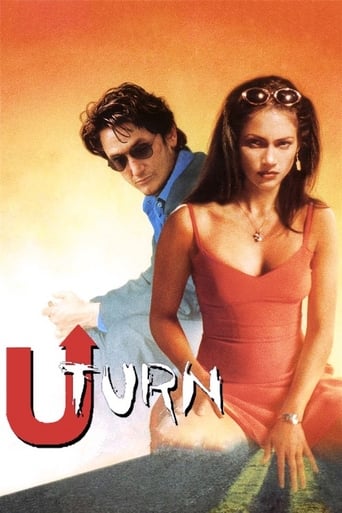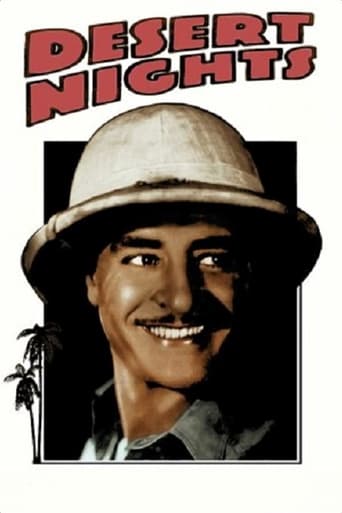
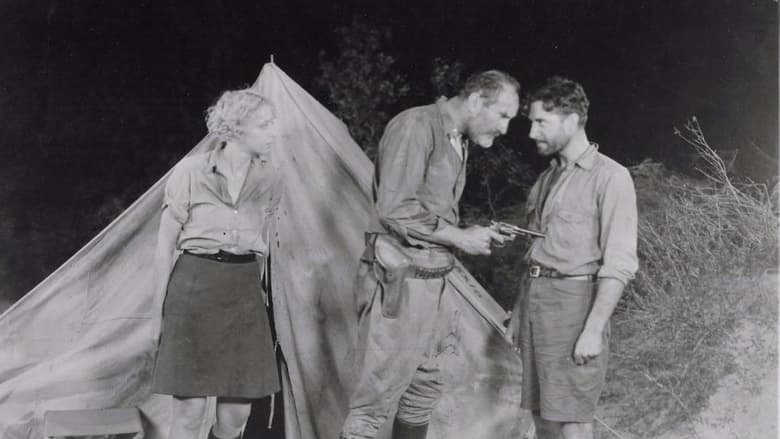
Desert Nights (1929)
A con man with his beautiful accomplice and a hostage steals a half million dollars worth of diamonds but finds they're all lost in the desert without water.
Watch Trailer
Cast


Similar titles
Reviews
.....at their sheer beauty (in my opinion). If only Mary had stayed out of trouble. In my opinion (again), she was a first rate actress who was being given yet another chance to make good. She had been sacked from the Ziegfeld Follies a few years earlier for "disorderly conduct", she fled to the continent where, under another name, she became a popular film star. Fleeing bad debts she slunk back to America where under yet another name, she was given a Universal contract. Her two biggest successes were "West of Zanzibar" and "Desert Nights" both at MGM, the cream of the studios. If she had knuckled down to work, I feel sure she would have been offered an MGM contract as her talkie films show she had nothing to fear from the mike. But Universal was already tired of her shenanigans and by 1930 had let her go.Lord Stonehill and his daughter, Diana (Ernest Torrence and Mary Nolan) are due to arrive at the Crown Diamond Mine but as Hugh Rand (John Gilbert) jokes she must be cross eyed, bow legged and an old maid as no beauty would come to this God forsaken place. Being Mary Nolan of course she is a raving beauty and Hugh falls for her hard.In reality they are diamond thieves as Hugh finds out when he receives a wire from the real Lord Stonehill saying they have been delayed. This movie is lots of fun as Hugh is taken hostage on a safari. Hugh manages to untie his bonds and proposes to Diana that they both flee and leave the old "Lord" to take his chances - "Diamonds and youth, the world is ours" - he doesn't fall for the line that Steve is her father. Ernest Torrence adds another impressive evil villain to his rogue's gallery. Just when you think his Steve is a bit of a buffoon, one of his gang (who has opted to split the diamonds and head of on their own to Cape Town) staggers back to camp to die, revealing that the rest of the gang are dead because of a poisoned water hole. Steve then admits he did it and a stunned Hugh cries that he is a murderer and a fiend!!!Hugh promises to lead them out of the desert as long as "Baby" is part of the deal. There seems to be a bit of missing footage (I'm thinking a fight scene) because one moment Diana is pleading to Steve that they should give themselves up, seeing Hugh has the gun and the diamonds, the next scene Steve has the gun and has accidentally walked right back to the diamond mine. As for Diana - she has been back long enough to have a shower and to look very cool and inviting, and as Hugh says "I will give you your freedom but you will have to report to me every day - for the rest of your life".This was an excellent film and it had something for everybody. Adventures in the desert, Mary Nolan looking very easy on the eyes as she battled thirst, mirages and fending off the amorous advances of John Gilbert, who looked very handsome in his safari gear. There is even a partial nude scene involving Nolan (who else) when they finally found an oasis that wasn't a mirage. And also Ernest Torrence who boosted any movie he happened to appear in.
Desert Nights (1929) *** (out of 4)John Gilbert's final silent picture is a pretty interesting one even if its reputation isn't that high. In the film he plays Hugh Rand, a diamond mine owner in South Africa. One day a father (Ernest Torrence) and daughter (Mary Nolan) show up on invitation for some good hunting but it turns out they're a pair of thieves who take Hugh hostage as well as steal $500,000 in diamonds. The three head off into the desert for their escape but soon they're out of water and not sure which way to go so the thieves must depend on Hugh to save their lives. Watching this film there's no doubt that it was rushed together just to save time before MGM had to put Gilbert into a sound feature. I'm really not sure why they selected this one to remain silent as the material could have made for an interesting early talkie but I must say it's a good thing that they kept it silent. The movie runs an extremely quick 62-minutes and for the most part is very entertaining. The reason I say it works best as a silent is because of the hot sexuality throughout the film between Gilbert and Nolan. The two of them certainly heat up the screen and this is apparent early on in a simple dinner sequence where the two begin to get to know one another. Just the way they look at one another just tells you all the sexual undertones you'll need to know. Once the film moves out to the desert it picks up the entertainment as it's clear Gilbert's character is just having fun tormenting the two thieves by constantly reminding them that death is near. I really loved the way Gilbert played the role in a sort of madness that his character finally breaks through and decides to have some fun with the people who kidnapped him. The way he torments the "Father" by coming onto the girl was a lot of fun and just added to the sexual tension running through the film. Gilbert is a lot of fun in the role as he gets to play that tough guy everyone loved him as and I'm sure the women really ate up seeing him burning in that hot sun. Torrence is a real blast as the bad guy as he eats up every scene he's in and you can't help but love to hate him. He's such a arrogant jerk at the start of the film so it's fun seeing him tortured by Gilbert. Nolan is incredibly beautiful in her role and this includes a great sequence with her bathing naked. We don't actually see anything but the implications of the scene are easy to see. Her and Gilbert really burn up the screen and make it worth sitting through. In many ways this film reminds me of a silly serial that has just about everything happening. This film offers up some nice tension but there's also plenty of sexuality, comedy and even camp value especially the scene with the machine gun tied on the side of a car. Fans of silent cinema will really eat this thing up but even those who aren't fans will probably find themselves having fun.
There's not much distinctive about William Nigh's direction of "Desert Nights," unless you consider anachronisms distinctive. This being a late silent film, you might expect fluid camera work, tracking shots, and other editing techniques that by this time so beautifully conveyed the eloquence of the silent cinema aesthetic. But with the fast approaching obsolescence of the medium it's clear from this film that MGM was only interested in turning out a filler product, and Nigh was willing to oblige. The result is a film that, were it not for the 1929 fashions and automobiles, has the look and feel of early 1920s desert melodrama. In fact, the film's one truly memorable scene, featuring a waltz, depends on the synchronized score for its notability--a sign of the movies' obsession with sound over visual storytelling. John Gilbert, his career by this time quickly slipping through his fingers, plays the hero who is not given the chance to act very heroically. His metaphoric emasculation is evident from the amount of time he spends either tied up at the mercy of his captors or dying of thirst. He is denied almost every opportunity to display his physical prowess or to come to anyone's dramatic rescue--partly because there's no one around worth saving. The plot is full of holes (why didn't the crooks just shoot Hugh Rand instead of taking him with them?), and the unfortunate and abrupt loss of footage at the dramatic confrontation with Ernest Torrence spoils what should have been the climax of all that has come before it. We're left with a rather limp and silly conclusion back where it all started, with Torrence uttering the kind of line that surely inspired every Scooby Doo villain, and Gilbert safely back behind a desk.On a more positive note, mention should be made of Mary Nolan, who brings a certain presence to an under-developed role. She and Gilbert do display chemistry in their scenes together (especially the waltz), and Ernest Torrence delivers a characteristically accessible and natural performance. He is truly one of the most engaging character actors of the silent screen. The print shown on TCM, while truncated, is beautifully preserved, and the synchronized score is generally quite good, again notably in the waltz scene. Finally, the film is worth viewing for John Gilbert. Though this film is ultimately beneath him and can't bear comparison to such greats as "The Big Parade," "The Merry Widow," "The Show," and his appearances with Garbo, he still conveys the wordless charisma that so defined him, but ultimately confined him to the silent screen.
The standard foci in John Gilbert studies have always been the early talkies and the great successes of the twenties. Everything has been directed to the great John Gilbert question: his precipitous fall from grace - did he fall or was he pushed? Seeing Desert Nights raises more questions than it answers. It certainly, to paraphrase Defence Secretary Rumsfeldt, lets us know that there are more secrets that we didn't know that we didn't know.There is this last John Gilbert silent film for example. Very late. So there was something of a reluctance to commit to sound films for John Gilbert. Was this the reasoning of Louis B. Mayer or John Gilbert? This late silent film could only have added to the general high tension surrounding Gilbert's transition to sound. Was this a deliberate psychological ploy by Mayer who knew both how to make stars and unmake them or were other reasons such as changing tastes, a high pitched voice either in fact or because of a sabotaged sound recording, or the fact that Gilbert was now obliged to vocalize the romantic swill which had previously been expressed with his face and body.Was Gilbert merely not as clever as he thought he was or were his weaknesses noted by Mayer and used to drive Gilbert off the cliff? Who was the driving force behind making this last silent film might go a good way to sorting these this questions out.Certainly Gilbert gets to do a lot of the Gilbert schticks that made him a star. He waltzes the same way he did in the Merry Widow, his shoulder and his arm are as stiff as if set in plaster, his body gilding ever so smoothly across the floor, the lady inseparable from his force field. He appeared with his usual super macho devil-may-care persona, hands on hips, bending backwards and laughing loudly signature move, literally laughing at danger.Still however good or bad he was and no matter how good or bad the film was, it's being released as a silent in 1929 doomed it to obscurity the moment it was first threaded into a projector. In the world where you're only as good as your last picture, a total and absolute flop like this made Gilbert's transition to sound just that much more problematical.As it is Desert Nights isn't very good, what there is of it. Someone has written that it's copyright length is listed as 80 minutes and the version available on Turner Classic Movies, which I presume is the MGM library copy, is only 63 minutes. In the film as shown there are vast problems in continuity. Transitions from the automobile escape to a safari are strangely incomplete giving it something of the routine illogic which drove French Intellectuals wild for a time in the late 20s and early 30s as surrealism was the desired aesthetic. This of course wasn't a deliberate artistic decision. Later in the film even stranger things happen. Does he escape or doesn't he? Who has the drop on whom? Does he love her, does she love him or are they both playing a game which turns into love? With so many missing scenes, even with a bit more information, who would possibly care? Apparently in one scene John Gilbert gives Ernest Torrence, as the heavy, directions, which cause him to wander along a lush river for days until he arrives back at mine where he is promptly put in chains, but the scene has been dropped though referred to in the denouement. Time passing isn't expressed at all at any point in this picture. It all seems to just be happening then and now on the screen. Very surrealistic.Even if it had been complete, even if it had been a talkie, it would have been a bad picture. Maybe something epic could have been wrung out of the desert sequences but this was shot on an intimate yet superficial manner.(Fantastic photography from James Wong Howe). Everything is pretty perfunctory and Gilbert can't pull this one out with his famous charm alone. These were perhaps the last fleeting shots of the old self confident Jack Gilbert, as the utter failure of Desert Nights and the changeover to sound seems to have sapped the Gilbert screen persona and cast him o'er with the pale cast of doubt forever.So was this film actually released this way, or did it play a week full length and then go out to the nabes cut, perhaps as part of a double bill? Was it cut and dumped or did it fail and then cut and dumped? The Variety review might be the thing to see. So was this a disaster that Gilbert had been talked into or pressured to make or did he do it willingly and even enthusiastically and if he did was it something that Mayer use to his advantage in his plan to destroy Gilbert? Gilbert's next appearance was a cameo as himself in William Haines' A Man's Man, a dangerous title considering Haines was perhaps the most widely known homosexual leading man in the movies.Gilbert would go on to make his first Talkie in a Romeo and Juliet sequence in The Hollywood Review of 1929 where he delivered the role of Romeo in the balcony scene in something less than dulcet tones but perhaps most damagingly wearing tights and rouged up in early color. Its the conceit of the sequence that Gilbert and Norma Schearer are being directed by Lionel Barrymore.Barrymore would direct Gilbert in the famous disaster of His Glorious Night (of the famous I love you, I love you, I love you...) which, with Redemption, dug Gilbert a hole from which he could never get out. By this time he was a marked man with everyone referring to him in the past tense and leaving the foot note about his high voice to explain his fall.


